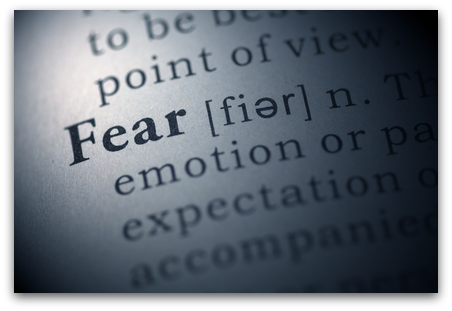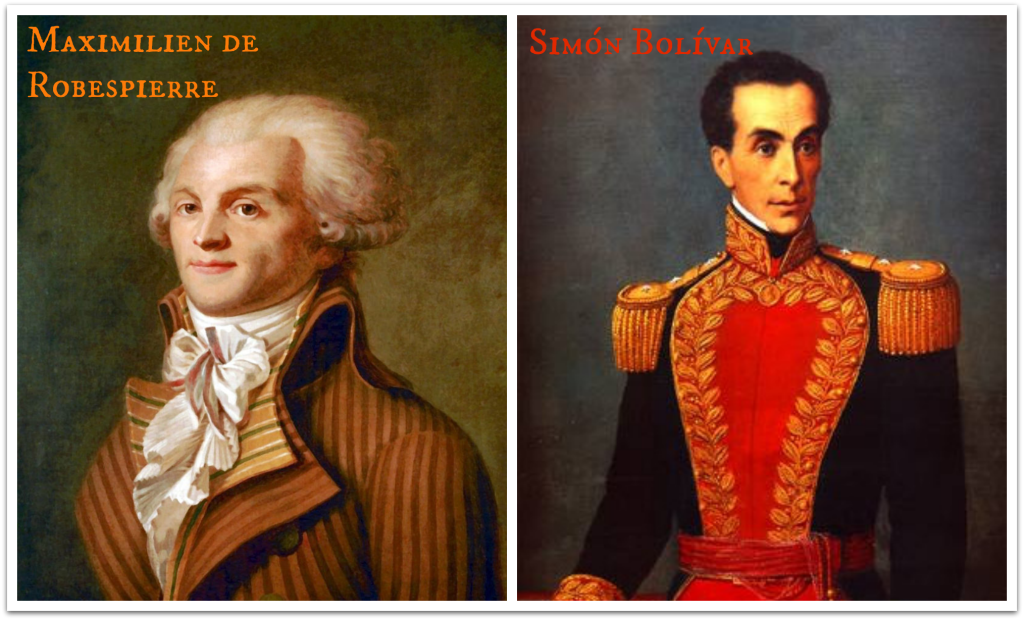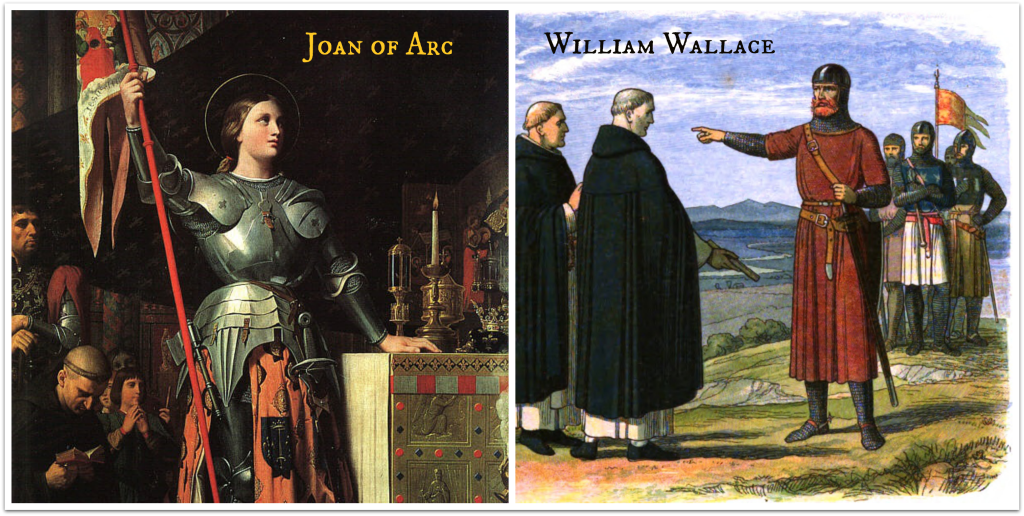 What role did fear play in the revolutions of North and South America between 1776 and 1865?
On Tuesday, November 18, 2014, I contributed a post to The Junto: A Group Blog on Early American History that offered some highlights from "'Fear in the Revolutionary Americas Conference,'" a one-day conference hosted by Tufts University on Halloween.
What role did fear play in the revolutions of North and South America between 1776 and 1865?
On Tuesday, November 18, 2014, I contributed a post to The Junto: A Group Blog on Early American History that offered some highlights from "'Fear in the Revolutionary Americas Conference,'" a one-day conference hosted by Tufts University on Halloween.
In this post I offer you recaps of two more of the papers presented at “Fear in the Revolutionary Americas, 1776-1865.”
“Republics of Saints? Fear and Virtue in the Age of Revolutions”
Nicole Eustace (New York University) believes that we need to study the language and contents of the Federalist Papers to understand the absence of fear in American constitutionalism.
Eustace posited that emotional language provides a key metric that historians can use to assess contemporary perceptions of fear and power. She explored the language of fear and virtue as used by Maximilien de Robespierre and Simón Bolívar to illustrate her point.
Equality, fear, and virtue played important roles in Robespierre’s republicanism.
Robespierre believed that a virtuous society would develop when its members submerged their self-interest in favor of the entire society. The power of self-interest ensured that societies were hard to create.
Robespierre believed that a populace must experience fear in order to become virtuous because only fear had enough power to overcome self-interest.
Like Robespierre, Bolívar believed that only virtuous societies could govern themselves.
Unlike Robespierre, Bolívar understood virtue as a cultivated trait. He ended slavery in Venezuela in an effort to cultivate virtue among his fellow Venezuelans.
Bolívar viewed slavery as immoral and as virtuous societies did not suffer from failures of morality, he could not build a virtuous society capable of self-governance with the institution of slavery in tact. With slavery abolished, Bolívar hoped to develop a sense of racial equality. He wanted to create a new branch of government dedicated to the cultivation of virtue and morality, but it never materialized.
Robespierre and Bolívar developed their definitions of virtue, virtuous societies, and how to create republican societies partly in response to the “fearless” republicanism of the United States.
Rather than use fear, the authors of the Federalist Papers used sympathy to persuade their fellow Americans to adopt the republicanism proffered by the Constitution of 1787.
Using the language of sympathy Alexander Hamilton, John Jay, and James Madison described a federal government that would be sympathetic to the people because it understood that self-interest would always overpower virtuous self-denial.
The framers understood that man had vices, but argued that Americans did not need to be perfect in order to govern themselves; the failure of human virtue should not mean the need for the shackles of despotism. Therefore, the government offered by the Constitution limited self-interest by imposing term limits and requiring frequent elections to keep the government sympathetic to the people and their changing needs.
“Wars to the Death: Annihilation and Identity in Spanish America’s Independence Era”
Karen Racine (University of Guelph) offered an overview of the development of the “War to the Death” mindset and its use in revolutionary Haiti and Venezuela.
The phrase “War to the Death” implies that something apocalyptic will happen because one group will live and the other will die. It also describes a fundamental part of the enemy’s identity that must be annihilated.
Racine noted the existence of many examples of “War to the Death” calls to action throughout history and provided the example of Punic Wars to prove her point. Every Roman statesman who discussed the wars ended their speech with “Carthage Must Be Destroyed!”
Racine also acknowledged that over time the West came to link the “War to the Death” ideal to individual martyrdom for national liberation. Joan of Arc and William Wallace fit this understanding.
Racine argued that fear and annihilation comprised a central and intrinsic part of nation building during the age of Revolutions, especially in Latin America.
During the Haitian Revolution, Jean-Jacques Dessalines told his countrymen that he ascribed to the motto “War to the Death of Tyrants!”
Between January and April 1804, Dessalines led his fellow Haitians in a genocide of the petits blanc, white Haitians. He affected the genocide by using the black islanders’ fear of the whites; Dessalines described white Frenchmen as inhuman and urged his fellow Haitians to erase their footprint from their island.
Similarly, in 1810, Simón Bolívar proclaimed “Down with Tyrants!” He promised to kill any Spaniard or Canary Islander who refused to embrace the independence of the Americas.
Both Dessalines and Bolívar instituted a nationalism of negation among their countrymen because the “War to the Death” ideal rallied support by defining peoples more by what they are not than by what they are.
Conclusions
The eight scholars who presented at “Fear in the Revolutionary Americas, 1776-1865” made a strong case for why historians need to consider the emotional side of the revolutions and historic events we study.
Emotions drive how people act and, as these scholars demonstrated, fear served as a strong motivator, or instigator, of actions during the age of American revolutions.

